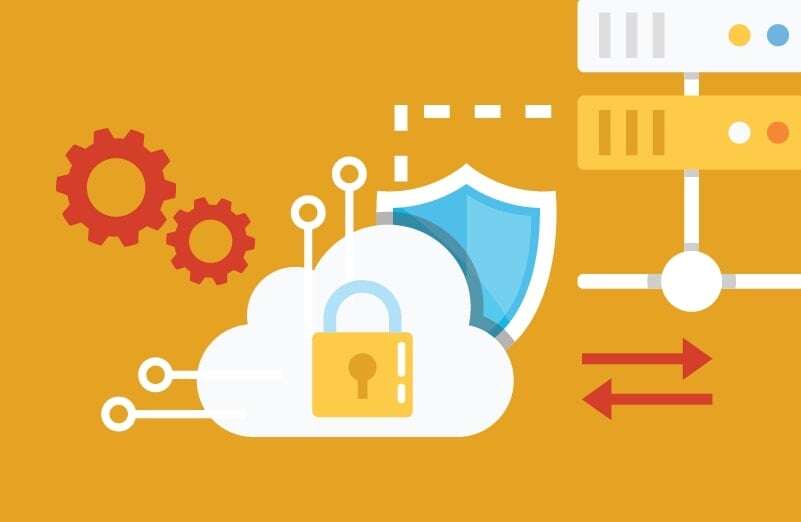2 min read

Related Posts
7 Things Regulators Want You to Do Before a Vendor Management Exam
We know all too well the stress of an upcoming vendor management exam. We’ve been there — many...
4 Steps of Third Party Monitoring
The most successful vendor management programs include continuous third party monitoring. By this,...
How to Liberate Yourself from Vendor Management Overwhelm
After publication, Venminder created and released a new, simplified third-party risk management...
Subscribe to Venminder
Get expert insights straight to your inbox.
Ready to Get Started?
Schedule a personalized solution demonstration to see if Venminder is a fit for you.




.gif?width=1920&name=Sample-Graphic-Animation%20(1).gif)


